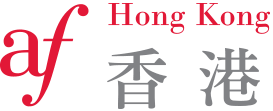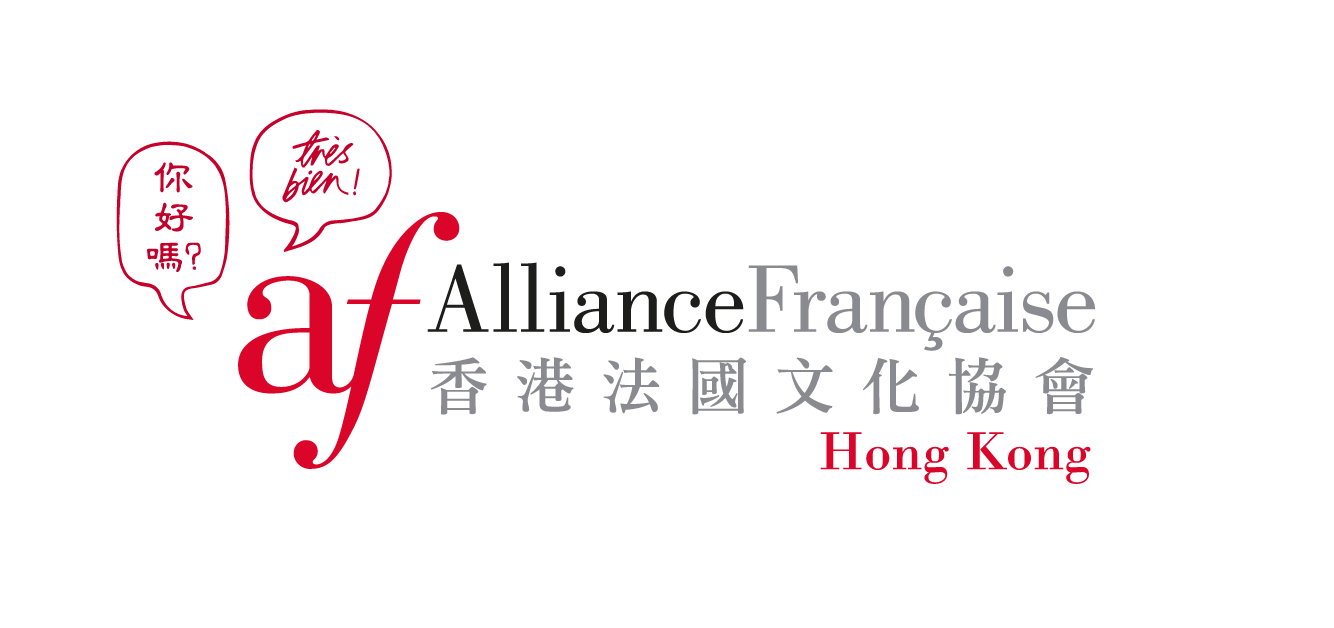Wines Tasting : Vallée du Rhône
|
|
|
|
- |
|
|
AF Library, Jordan Centre |
|
|
3 Places Remaining |
Home to the nectar of the gods… or at least the Pope
Part I of the new wine tasting series with focus on the South of France: The “Bataille des vins” Reloaded.
Speaker
Eric Sautedé
WSET Advanced Certificate L3
The wines from the Rhone Valley (la Vallée
du Rhône)
have a long history and captivating characteristics. In the northern part, wine-growing developed in the first century AD and Rhone wines
soon rivalled the products of Italian vineyards. This period saw the building of the Gallo-Roman villa of Molard, close
to the Rhone at Donzère, the most important Roman winery identified to date. Workshops making amphorae developed at around the same time.
In the 13th century, the French King Louis VIII granted the Comtat Venaissin to Pope Gregory X
and in the 14th century, the papacy moved from Rome to Avignon and the popes, great lovers of the local wines, planted extensive
vineyards around the city.
Concerned for the quality of its wines, the Rhone Valley played an active role in the establishment of French wine-industry appellations. In the 1930s, the visionary Baron Le Roy championed this worthy cause. A wine-grower at Châteauneuf du Pape, he fought for recognition of the characteristics of this great wine, securing Appellation d’Origine Contrôlée status for it in 1933. There are now more than 23 different appellations in the Southern Rhone and 8 appellations in the Northern Rhone Valley.
There are 27 unique grape varieties allowed for planting in the Rhone Valley. More than 5,000 different producers, domaines and vineyards are actively involved in making wine. Red wine is king in the Rhone Valley, accounting for 80% of the production. In the Northern Rhone, Syrah is the only red wine grape allowed, producing powerful and complex red wines with intense flavors of black fruits, spices, and a distinctive peppery note. In the Southern Rhone, more than 15 red wine grapes are permitted to make red wine, although Grenache, Syrah, and Mourvèdre are the dominant grape varieties and produce full-bodied and rich wines brimming with flavors of ripe berries, herbs, and earthy nuances. In the Northern Rhone, three white wine grapes are planted, Viognier, Marsanne and Roussanne, whereas in the Southern Rhone things get “messy” again with a total of more than 15 different grape varieties being planted in the various appellations.
The southern Rhone is known for its blends, with
both regions benefitting from a
Mediterranean climate and diverse
terroir,
resulting in wines of exceptional quality and character. The most well-known appellations in the northern part are Côte-Rôtie, Condrieu,
Château-Grillet, Saint-Joseph, Crozes-Hermitage, Hermitage, Cornas
and Saint-Peray. And in the southern part, starting to the south of Montélimar, the region is home Châteauneuf-du-Pape,
Gigondas, Vacqueyras, Beaumes de Venise, Vinsobres, Lirac
and Tavel.
All wines for this workshop are provided by Jebsen Wines &
Spirits

Other Parts of the Series:

